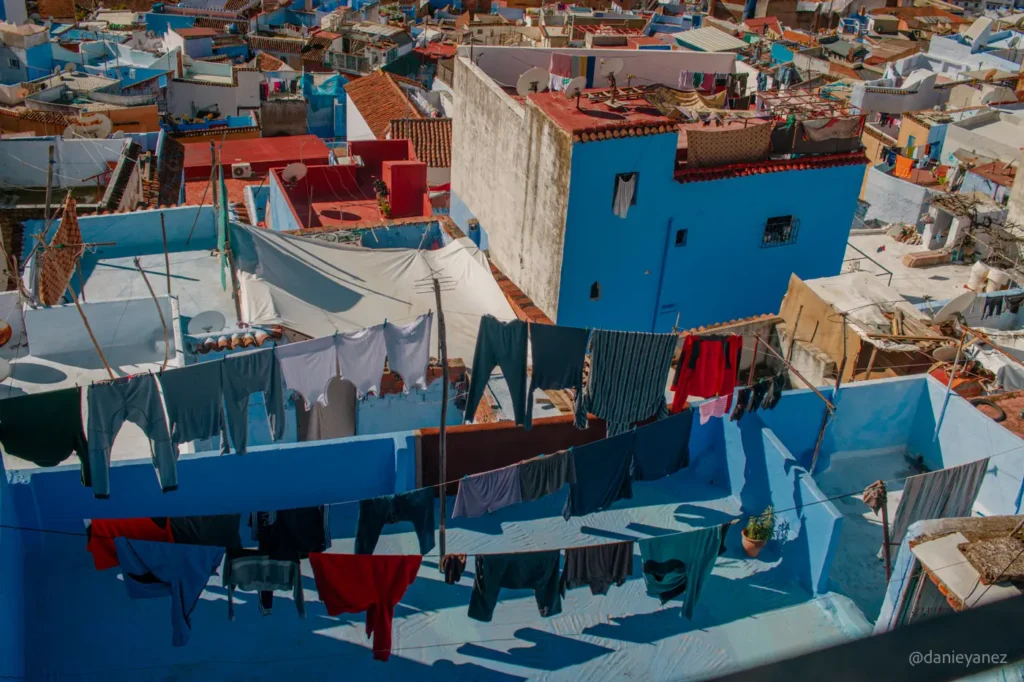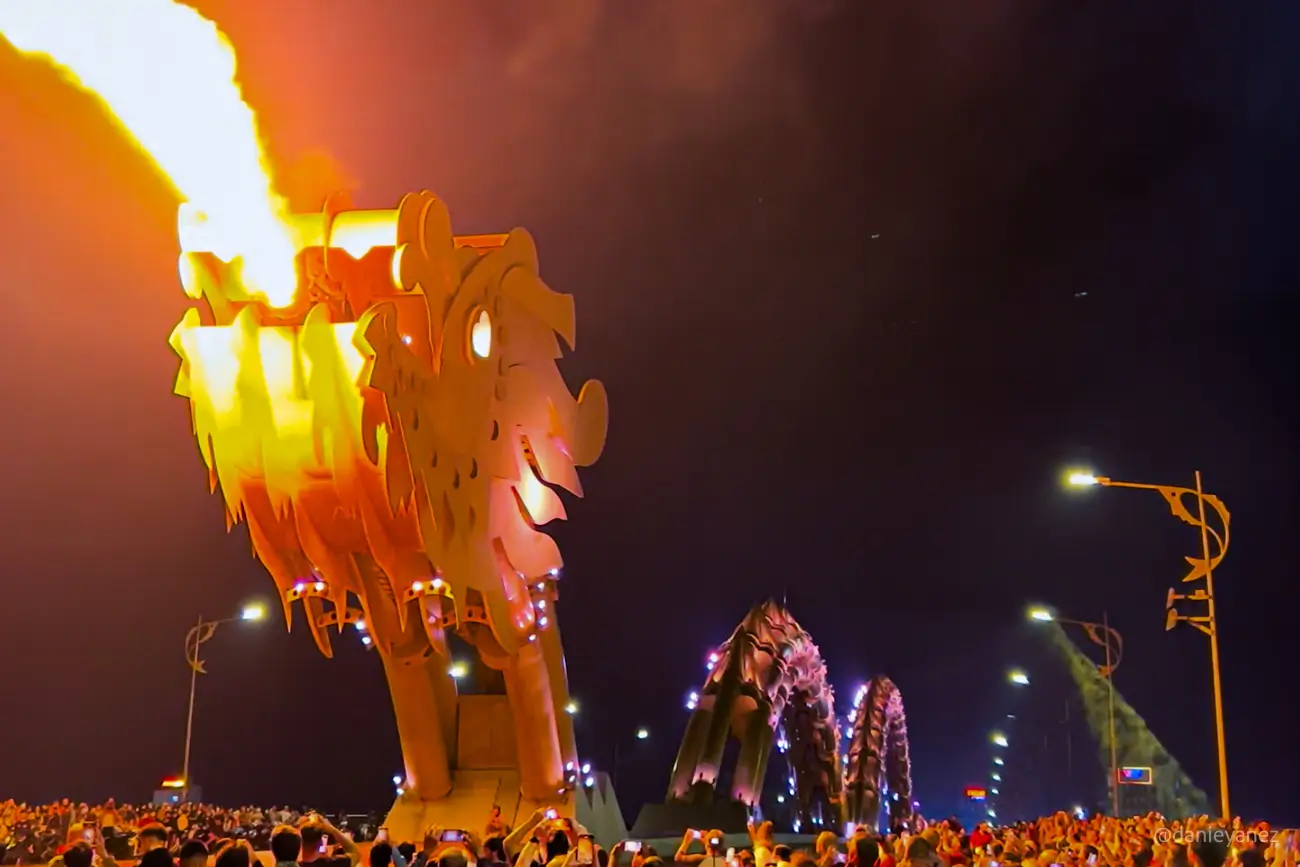What is a slowmad? How is it different from being a digital nomad and what do I need to become one? Illustrated with photos I took in Morocco, the country where I learned to slow travel.
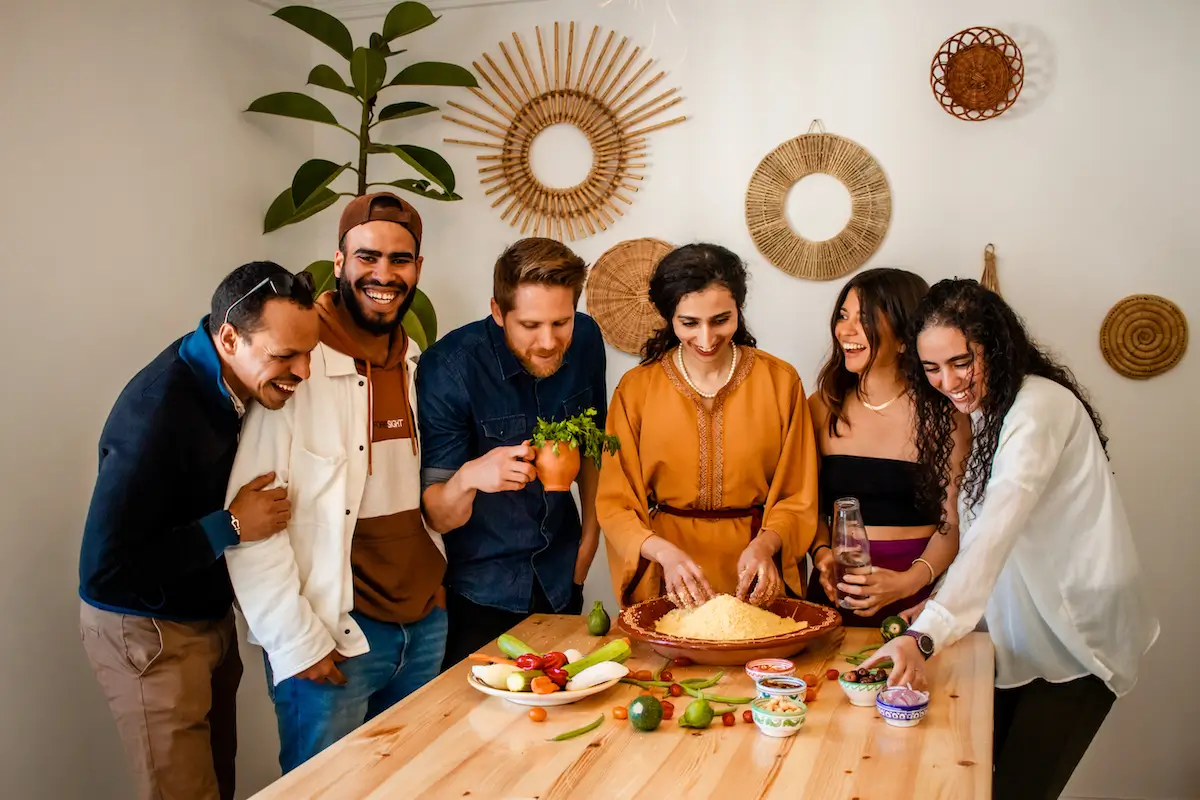
Why Did I Decide to Become a Slowmad?
When I started traveling, my style was more aligned with being a backpacker. I would switch cities every 2-3 days, exploring tourist attractions day after day and trying different foods to check items off my to-do list. After a few months of frantic movement around Europe, living in hostels, and hopping from one place to another without a clear plan, I reached a breaking point. While it was one of the best experiences of my life, it was definitely not a sustainable long-term lifestyle. Ultimately, my goal was not only to see the world. It was to experience it.
Gradually, I transitioned through different travel styles: from a plan-less backpacker to volunteering, to nomading. At one point I felt like a “longer-term tourist”. I slowly adjusted my travel style until I decided that slow traveling was the best fit for me. In general, I began to desire a travel style that wasn’t just about ticking places off a list, but about immersing myself in the local culture of the places I visited. Making local friends and learning about their traditions, culture, cuisine, and daily rhythms became my focus. I adapted my way of traveling to be more engaged, responsible, and conscious. That’s how I discovered the term “slowmad.”
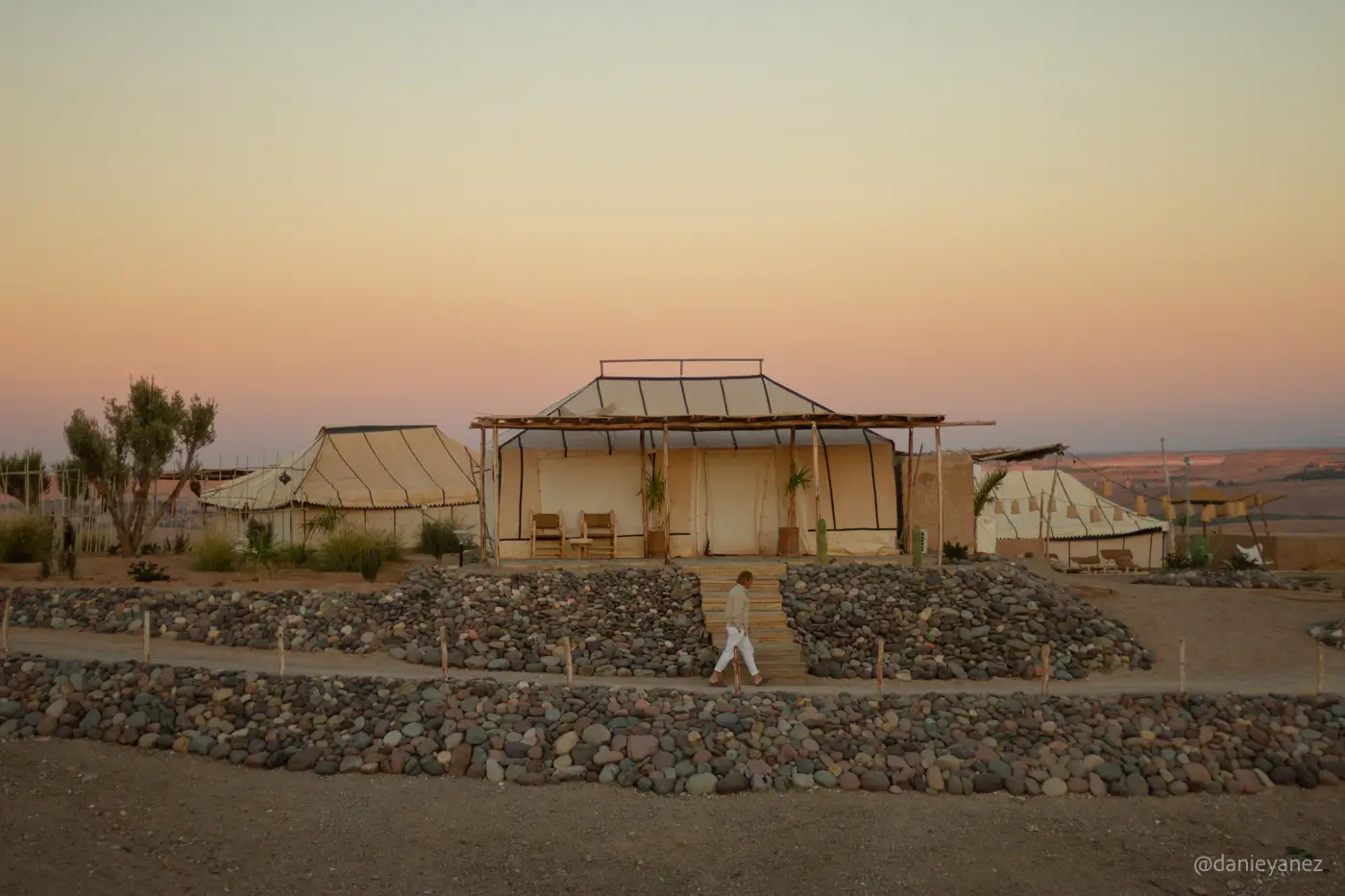
What is a Slowmad?
In essence, a slowmad is a digital nomad who takes their time in order to achieve a deeper connection with the culture of the place they are visiting. This article dives deep into understanding the lifestyle of a slowmad. In order to do so, let’s start with defining a digital nomad.
What is a Digital Nomad?
A digital nomad is someone with geographic independence that travels around the world and produces their income from a job or a business conducted online. Without the obligation to be in a physical office, a digital nomad can freely move and travel to any city, state, or country while still earning an income.
Digital nomads often have a “longer-term” tourist lifestyle. When not working, they spend their time sightseeing and vacationing, often joining groups of other digital nomads and exploring the area before moving on to the next.
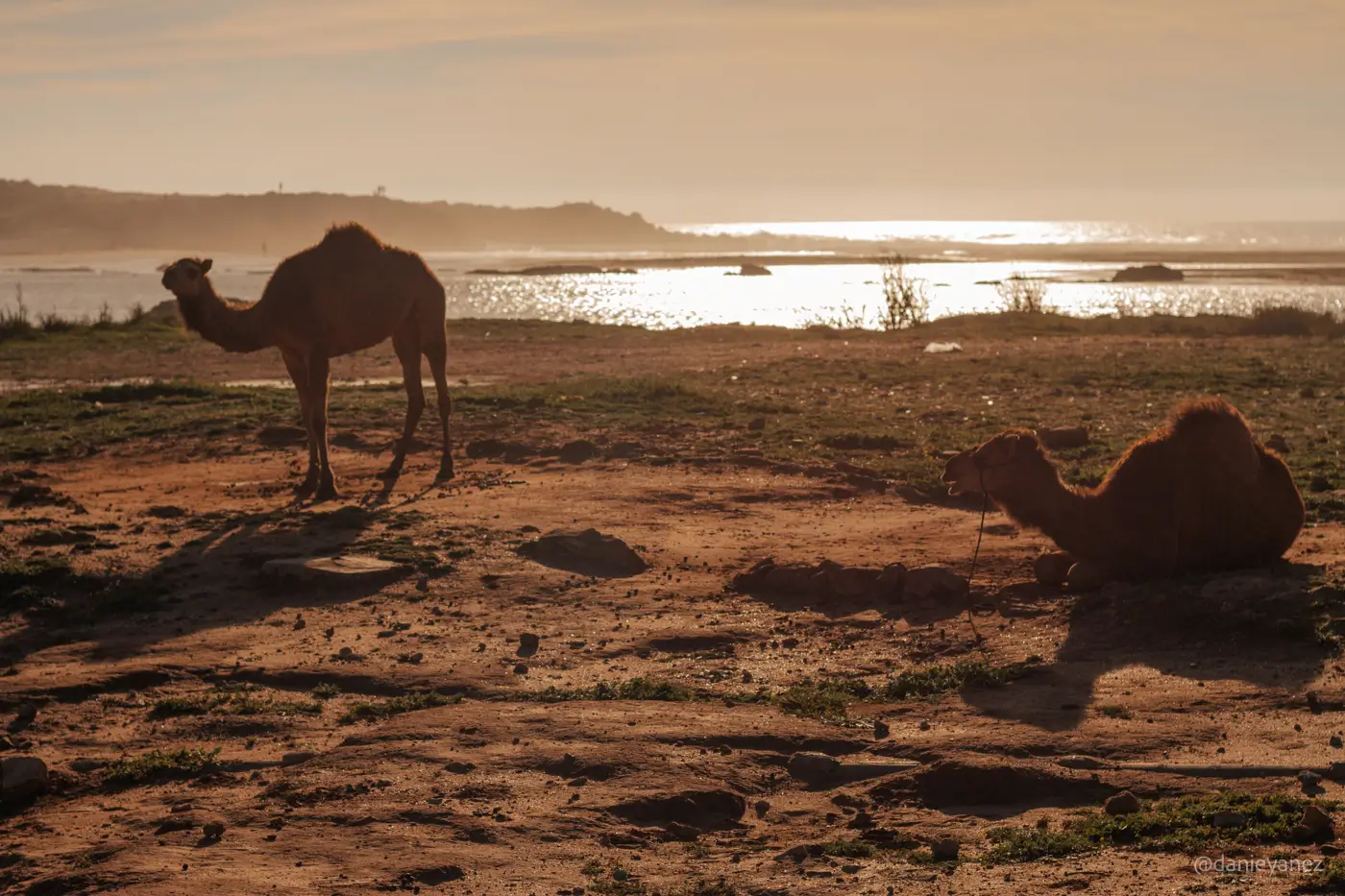
Characteristics of a Slowmad
A slowmad prioritizes a deeper connection with the conutry they’re visitng. They travel slow, with no rush. Unlike conventional tourists who barely scratch the surface of a destination, a slowmad seeks to establish a temporary sense of belonging. This might involve renting an apartment and staying for several months in a particular town or city, learning the local language, cooking local food, interacting with the community, and making local friends.
Supporting the local economy
Slowmads aim to integrate into local communities more authentically and respectfully. Instead of staying in large hotel chains or dining in international restaurants, they opt for local accommodations and businesses, directly benefiting residents and helping preserve the area’s cultural identity.
Connection with the environment
Though “nomadism” suggests constant movement, slowmads travel at a different pace. The intention is to savor each moment and enjoy the small things in life. Find beauty in routine and stillness as well as discovering a new culture and learning different ways of life.
Cultural awareness
Slowmads seek immersion in the local culture, respect and support the traditions and customs of the communities they visit. This preserves the authenticity of a place and doesn’t contribute to the homogenization often caused by mass tourism.
Differences Between a Digital Nomad and a Slowmad
Generally, digital nomads travel faster, switching cities or countries more frequently. They engage less with the local community and live more like tourists at their destinations.
Slowmads explore the world with a different perspective. Forget the photo of a piña colada with a laptop by the sea. A slowmad stays in one place for at least 2 to 6 months. They engage with the local community and travel more responsibly, considering the impact of their presence on the destination.
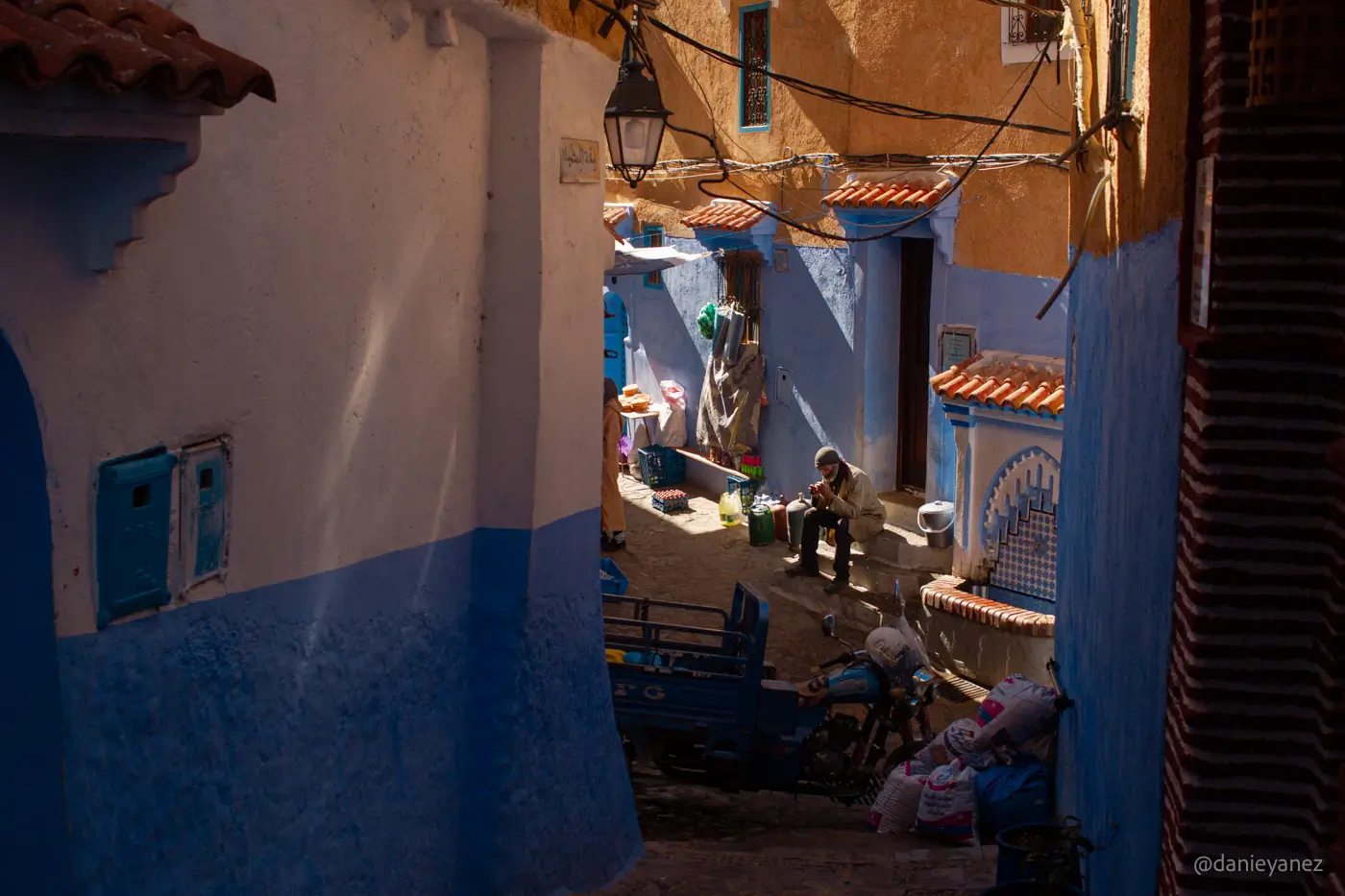
How to Become a Slowmad
The intangible
Mindset change
This has been the hardest part for me. It’s easy to romanticize the idea of staying in one foreign place for long periods. But deciding how long and where to stay has been challenging. Once I’m in a country, I want to see everything. Being a slowmad starts with accepting that travel isn’t about ticking off a wish list but about cultivating meaningful experiences. It’s not a race to collect passport stamps but an opportunity for self-discovery, cultural exchange, and connection with the world.
Choosing the right destination
One of my best friends moved to a not very well known city in a country across the world. She ignored recommendations to move to the capital or to the bigger, more famous cities. “Just because someone likes and recommends these cities it doesn’t mean it’s the best for me. I prefer a small place near the coast.” Choosing the right place is crucial for a good experience. Pick locations that resonate with your interests. Consider factors like language, culture, accessibility, transportation, food, and cost of living.
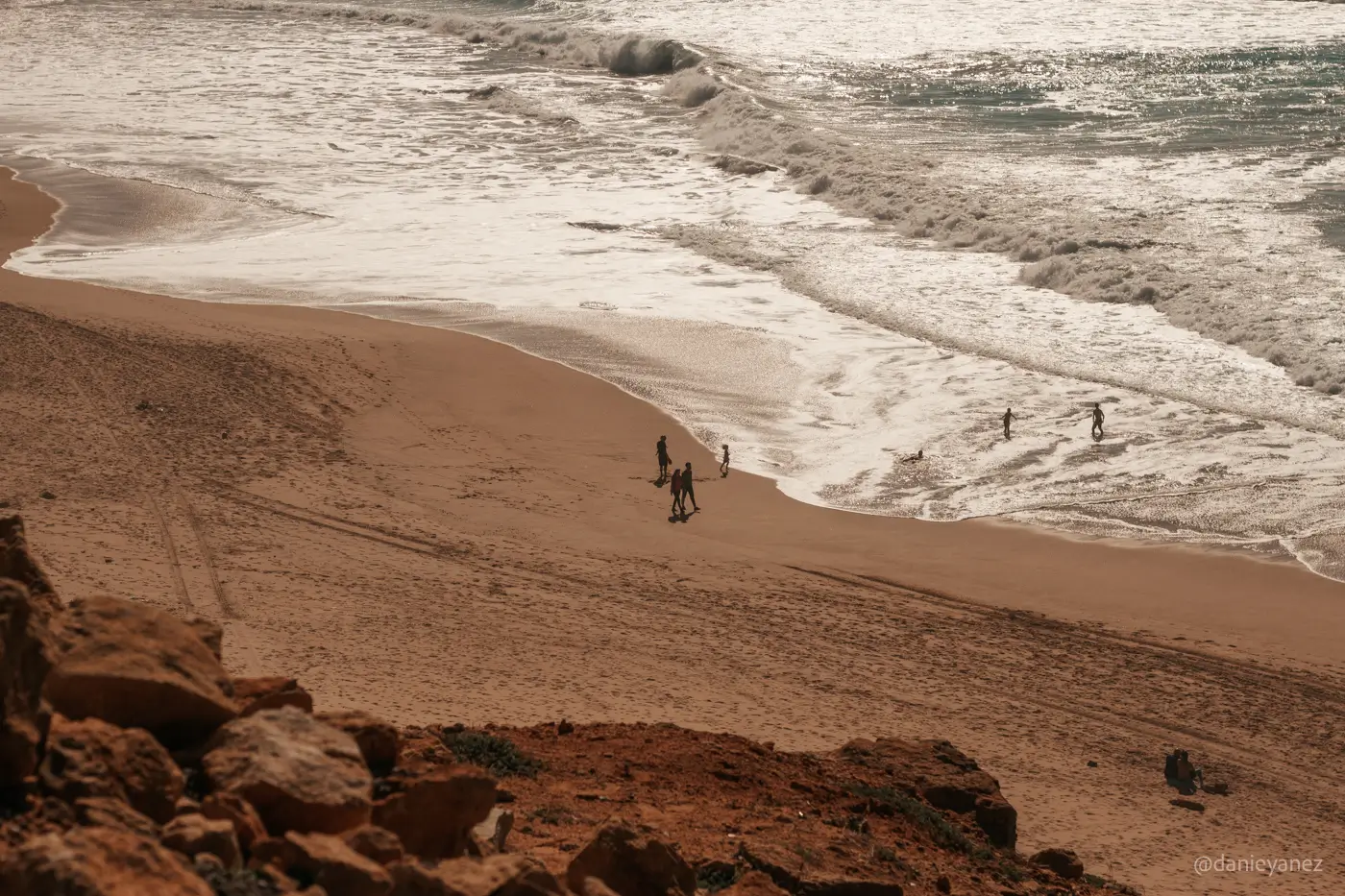
Integrate into the local culture
The point of traveling to a new country is to connect with its culture. Make friends, join the community, attend cultural events, participate in workshops, and learn about the local lifestyle, traditions, and beliefs. Instead of rushing from one attraction to another, take time to integrate.
My favorite activities are wandering neighborhoods, visiting local markets, and frequenting cafes. Observe and absorb the nuances of the everyday life. I think this practice should be applied even in our own cities. You can also spend time on activities like local language classes, conversation groups, cooking classes, and local events.
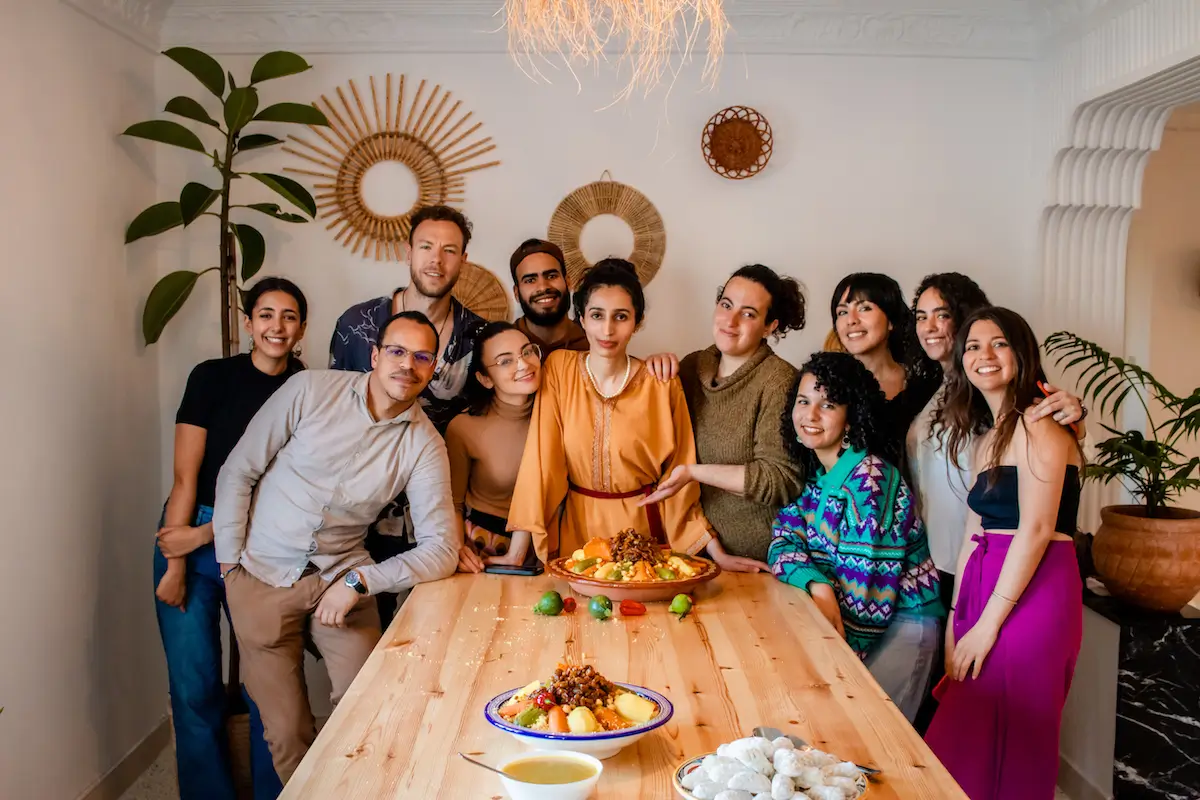
The tangible
Visa and requirements
Research visa requirements for long stays in your desired destination. Many countries now offer digital nomad visas. The process and requirements vary greatly by destination, so ensure you apply for the correct visa and have the necessary financial resources.
Travel Insurance
Get travel insurance that covers not only medical emergencies but also other travel-related potential issues. I recommend that you look for an insurance designed specifically for digital nomads.
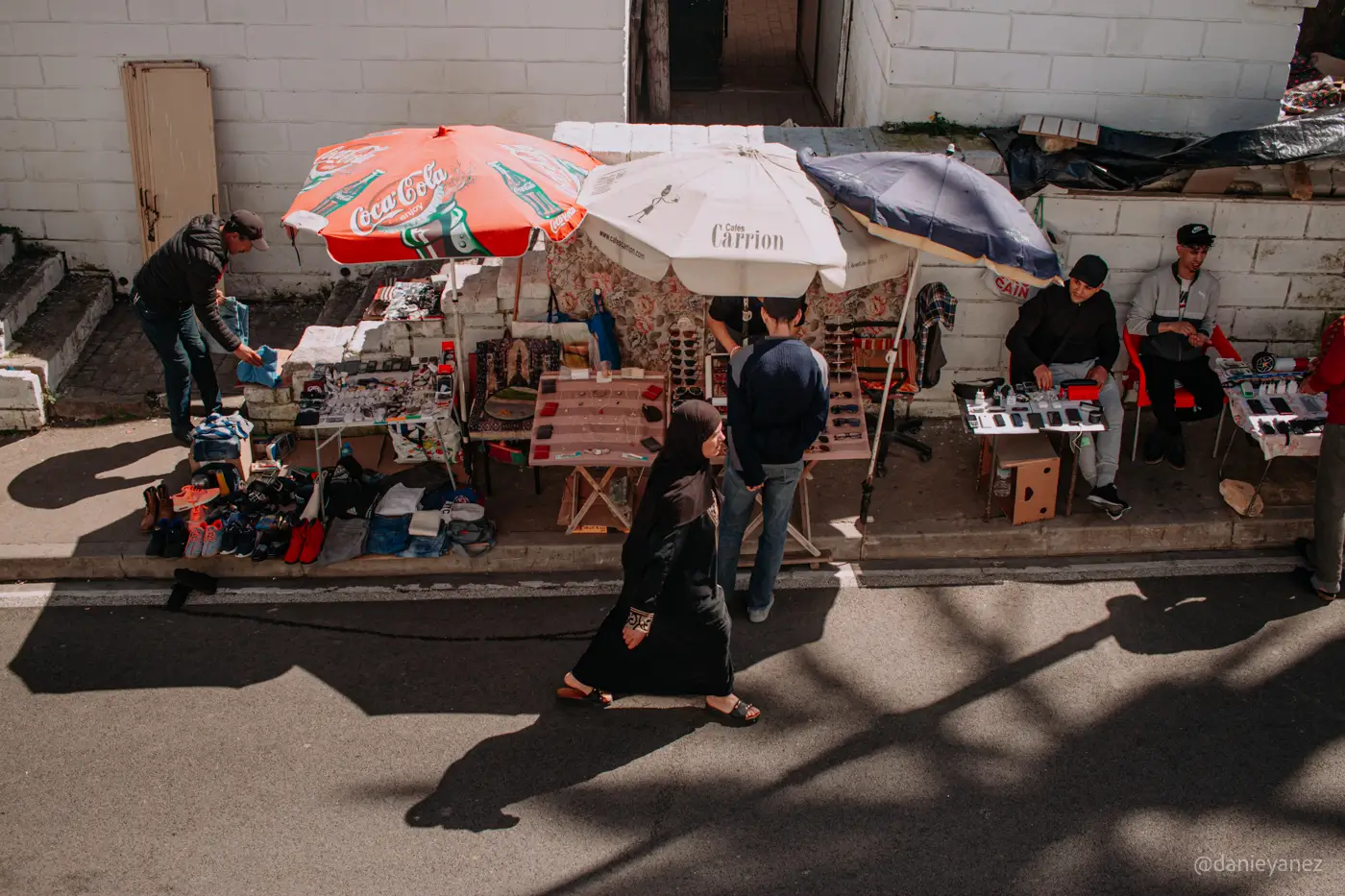
Accommodation
Look for a furnished apartment or a guest house that you can rent by the month.
How do I choose which neighborhood to rent my accommodation in?
Just as choosing the country and city is super important, I also think that choosing the neighborhood or area deserves a good investment of time, especially if you travel slowly and plan to stay for more than a month. This is what I do:
- Categorize the type of places that I am interested in having nearby (restaurants, bars, markets, laundry, parks, etc.).
- Research the places that seem most interesting to me in the city or town I’m visiting.
- Mark them on google maps for a better idea of which area has more of what I find interesting or desire to have around.
- Review transportation routes and note bus or metro stations.
I then use this map as a consideration to choose the area where I will focus my search for home. Sometimes, due to several factors like price, being closer to nature or simply because I found a nicer place in another area, I choose to stay on the outskirts of the city. The important thing is that the map helps me make an informed decision.
Remote Work
Finding remote work is essential for living as a slowmad or digital nomad. The job should be fully remote, meaning no physical presence is required in an office. You can work as an employee or offer freelance services. There are various types of remote jobs. In my travels I have met from psychologists and translators to bloggers and web developers. The point is, find something that’s aligned with your preferences and skills. I’ll drop some resources at the bottom of this article so you can start your search!
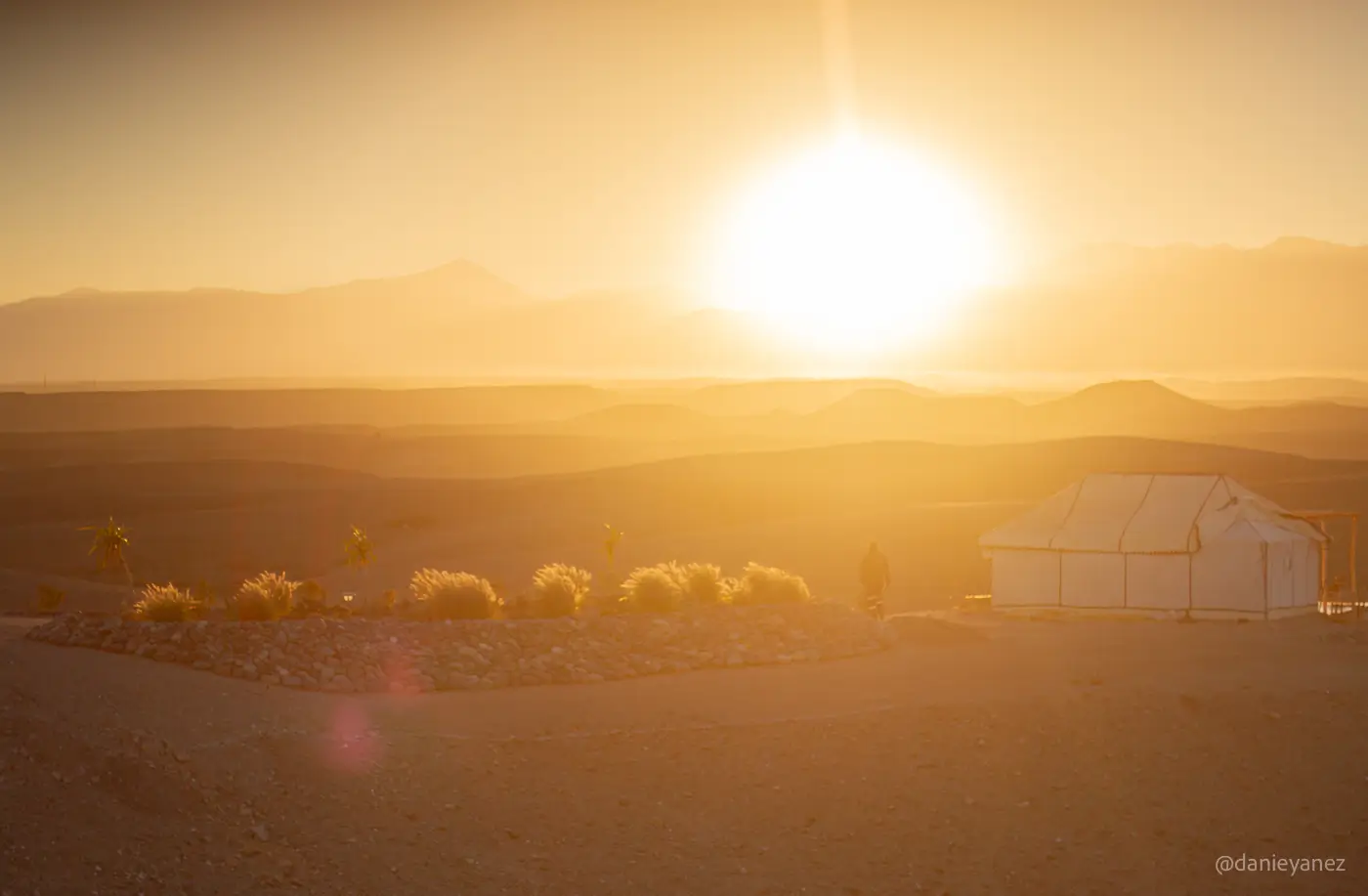
Resources:
Find a remote job
I found this Forbes article that lists a bunch of good tips and tricks as well as several pages where you can apply for a variety of remote jobs.
I hope this information helps, and if you have any travel-related questions, feel free to contact me on Instagram.


